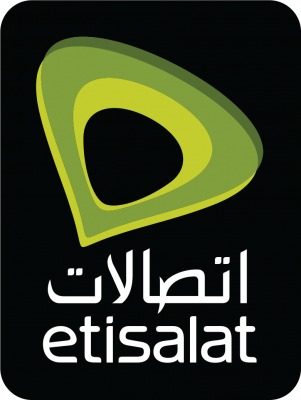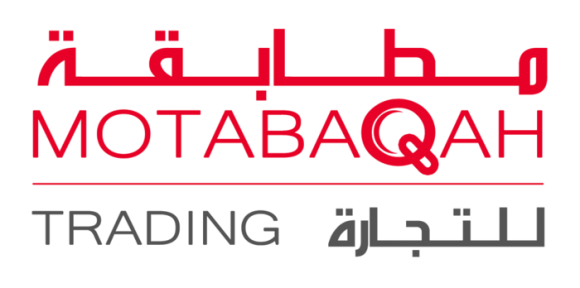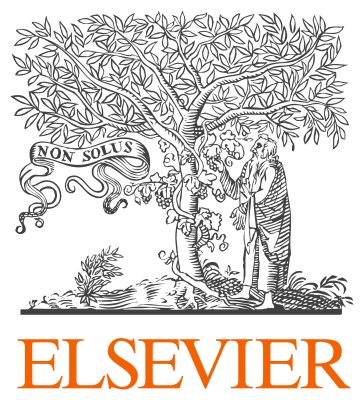CALL FOR PAPERS
1st Workshop
on
SDN: 5G - Software Defined Networking for 5G Architecture in Smart Communities

Earlier the cellular mobile communications technologies were designed in context of providing voice services and Internet access. However, nowadays, a new era of innovative tools and technologies is inclined towards developing a new pool of applications. This pool of applications consists of different domains such as Internet of Things (IoT), web of connected autonomous vehicles, remotely controlled robots, heterogeneous sensor connected to serve versatile applications. Moreover, many new research paradigms such as self-driven cars, electric vehicle-as-a-service are expected to join this pool of innovative paradigms and technologies. One of the biggest challenge in front of these applications in that they rely on the communication infrastructure to a great extent. The need of higher data rates, lower latency and reliable services for these smart and connected applications make it necessary to rely on heterogeneous network architecture and infrastructure. In this direction, future 5G networks are expected to provide a relief for such smart communities. However, the future 5G networks need to be more flexible and adaptable in contrast to its predecessors in order to cope with the heterogeneous needs of the ubiquitous applications and services.
Furthermore, the network densification caused due to an exponential increase in the mobile data traffic can lead to an increase in the volume of heterogeneous data transmitted between geolocated devices. This may further lead to network traffic disruptions and poor quality of service which in turn ends up in undesired quality of experience. Moreover, the inability of network backbone to carry the enormous volume of data traffic creates hurdles in front of 5G networks in terms of energy-efficiency and cost-efficiency. Therefore, to handle these challenges, the future wireless systems need to transform its current approach towards a much more adaptable and autonomous approach in terms of how they networked, organized, configured, optimized, and recovered according to the operational requirements. The utmost focus of all the applications based on IoT, edge/fog computing and cyber-physical systems (CPS) is to create a web of people, data, processes and things under a common umbrella to fulfil their routine and daily requirements. Therefore, a scalable, programmable and customized network technology is the foremost requirement of the current scenario in smart communities. The emergence of software-defined networking (SDN), network function virtualization (NFV) and other adaptive services and applications are gaining the much-required attention of industry, research community and academia. SDN can provide automatic configuration of network policies as per the varying requirements of the smart devices and their associated systems, services and parameters due to the change in user’s requirements.
With 5G network going to be the backbone of IoT, Edge/fog and CPS environment, there is a great scope of exploiting the capabilities of SDN and NFV to support and expand the coverage area, reduce the latency and improve the data rates. Novel radio technologies and additional radio spectrum can be beneficial, but may not be sufficient to cope with the growing demands in term of flexibility, energy-efficiency and cost-efficiency. Therefore, it becomes essential to amalgamate SDN and NFV in a novel end-to-end architecture concept. This novel end-to-end architecture must support the much required programmable, software driven and customized network platform to improvise a diverse range of services in an effective manner. However, on this path, several challenges need to be addressed to provide resilient connections and services related to various smart communities that are supported by the massive number of resource-constrained IoT and edge devices. due to several unique features of emerging applications, such as low latency, low cost, low energy consumption, resilient and reliable connections, traditional communication protocols and techniques are not suitable.
Addressing the need for a flexible network architecture that adapts to the diverse requirement of 5G networks in smart communities, this workshop aims to serve as a platform for researchers from academia and industries, to promote the design and development of new ideas, tools and technologies related to SDN:5G amalgamation.
Topics of interest include but are not limited to:
- SDN:5G for smart communities such as healthcare 4.0, transportation and smart grid.
- Novel service delivery models for SDN:5G.
- Big data analytics tools and techniques for SDN:5G.
- Network function virtualization and network slicing.
- Amalgamation of IoT/CPS and edge/fog/cloud Computing for SDN:5G.
- Data storage, communications and computing using SDN:5G in smart communities.
- SDN:5G - Energy efficiency and green communication in smart communities.
- Cohesion of Content-centric networking in SDN:5G -enabled Smart Communities.
- Control plane optimization in SDN:5G for Smart Communities.
- Heterogeneous system modelling for quality of service in SDN:5G.
- Novel sensing and computing techniques in SDN:5G.
- Secure, privacy-aware and trustworthy IoT/CPS communications.
- Secure Device-to-Device communications in SDN:5G.
- Quantum Safe Cryptography for SDN:5G.
- Blockchain security gateway for SDN:5G in smart communities.
- Trust models and physical layer security for 5G.
- SDN:5G - Security and privacy standardization.
- SDN:5G for Cloud-of-things, sensing-as-a-service and Internet-of-vehicles.
- SDN:5G for osmotic and catalytic computing.
WORKSHOP CHAIRS:
- Neeraj Kumar, Thapar Institute of Engineering and Technology, Patiala (Punjab), India. neeraj.kumar@thapar.edu
- Sudip Misra, Indian Institute of Technology, Kharagpur, West Bengal, India. smisra@sit.iitkgp.ernet.in
- Joel J.P.C. Rodrigues, National Institute of Telecommunications–Inatel, Brazil. joeljr@ieee.org
- Gagangeet Singh Aujla, Chandigarh University, Gharuan, Mohali (Punjab), India. gagi_aujla82@yahoo.com, gagangeetsingh.cse@cumail.in
DEADLINES:
Paper Submission Deadline: 14 July 2018
Acceptance Notification: 15 August 2018
Final Paper submission: 15 September 2018
Workshop Website:
https://sites.google.com/site/sdn5gsc2018/
Submission Instructions:
The Author and Submission Guidelines apply. All submissions should be written in English with a maximum paper length of six (6) printed pages for full papers (10-point font) including figures without incurring additional page charges (maximum 1 additional page with over length page charge of USD 100 if accepted). The maximum paper length for short papers is three (3) printed pages including figures.
Papers must be submitted via EDAS.
Papers exceeding 7 pages will not be accepted at EDAS.
Standard IEEE conference templates for LaTeX formats are found at http://www.ieee.org/conferences_events/conferences/publishing/templates.html You may also use one of the following templates for Microsoft Word: A4, US letter. Only PDF files will be accepted for the review process, and all submissions must be done through EDAS. Accepted Papers will be published in the GLOBECOM 2018 Workshops Proceedings and submitted to IEEE Xplore.


















.png%3Fitok=UcTlxbOp)



